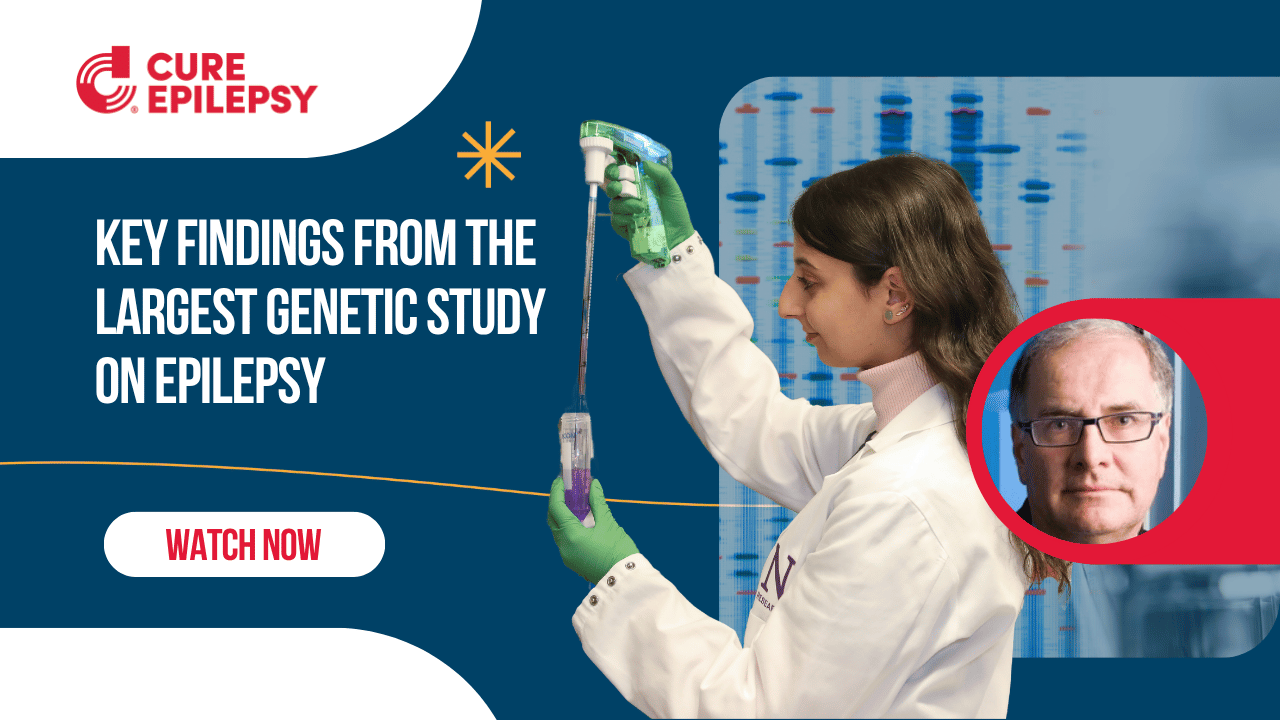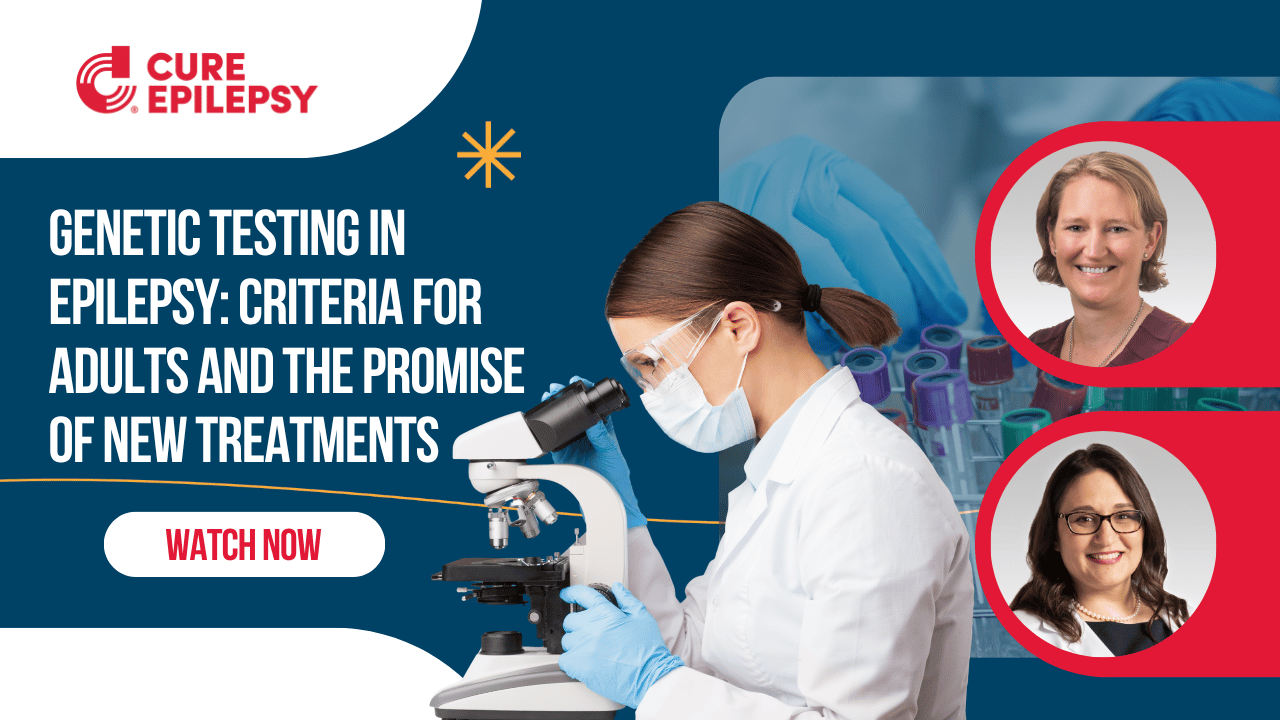What is Dravet Syndrome
Dravet Syndrome is a rare, severe form of epilepsy that begins in infancy and is characterized by frequent, prolonged seizures that are often resistant to treatment. Caused by mutations in the SCN1A gene, this neurological disorder affects cognitive development, motor skills, and overall quality of life. Symptoms typically appear within the first year of life, with seizures triggered by fever, stress, or environmental factors. As children grow, they may experience developmental delays, speech difficulties, and behavioral challenges. While there is no cure, treatment focuses on seizure management through medications, dietary therapy, and lifestyle adjustments. Early diagnosis and specialized care are crucial for improving outcomes.
Fenfluramine for Dravet syndrome
Epilepsy research has given the once-popular weight loss drug fenfluramine a new purpose. Fenfluramine (Fintepla®) is now FDA-approved to treat Dravet syndrome, a rare, catastrophic form of pediatric epilepsy. In this webinar, you will learn why doctors explored fenfluramine as a possible therapeutic option for epilepsy, and why it is a safe and effective treatment for epilepsy in children with Dravet, as well as the potential side effects caregivers should know.
Our webinar presenter is leading expert Dr. Joseph Sullivan, pediatric neurologist and Director of the UCSF Pediatric Epilepsy Center. He specializes in evaluating and treating children with epilepsy, particularly for those with epilepsies that do not respond to medications. In addition, he runs a specialized Dravet/PCDH19 clinic, where he cares for a large cohort of children with these types of genetic epilepsies.
Q&A Transcript
Can you talk about other syndromes or epilepsy types that Fintepla might be useful for or is being tested for?
There is a completed Phase 3 study with published results in Lennox-Gastaut syndrome, which also showed efficacy compared to placebo. It wasn’t as dramatic as what was seen in Dravet syndrome, but Lennox-Gastaut syndrome is a very different syndrome than Dravet syndrome. My understanding is that Zogenix will be submitting for labeling for the use of Fenfluramine in Lennox-Gastaut syndrome. I think that it definitely warrants additional study in terms of whether there are other epilepsy syndromes that this could be effective for. My colleague Elizabeth Dr. Thiele has a small study in sunflower syndrome that has also shown efficacy.
Those are three very different epilepsy syndromes. It’s very possible that fenfluramine could be a broad spectrum antiepileptic drug with sort of these favorable or more enriched responder rates in some of these syndromes. It’s our job as the clinical pediatric epilepsy community to try and figure out what would be the next target syndrome to go after.
Are there medications that help kids who have seizures related to heat or rapid body temperature changes?
We definitely know that patients with Dravet syndrome and who have SCN1A mutations do have temperature sensitivity. That’s been well documented in animal models. Interestingly, this temperature sensitivity does tend to wane over time. Adults tend not to be as temperature sensitive.
In my opinion, fenfluramine is not necessarily being effective in just those patients that have temperature sensitivities. I think this may be something where, again, there’s that enriched responder rate for Dravet syndrome, but that’s independent of this temperature sensitivity, but it’s an interesting question to ask as to whether or not there are other temperature-sensitive seizure syndromes that may be a target.
In my practice, when Dravet patients actually have a fever, even though we have no evidence to support this, we do try temperature reduction reducing measures, and for some kids we even try to give sort of benzodiazepines for 24 to 48 hours to bridge them through their fever. Again, isolated patients say, “Yes, that’s effective for my child,” but that’s not something that I recommend with every patient and certainly don’t have any scientific data to support those recommendations that I’m making.
Do you have any concerns recommending this treatment for kids with minor cardiac regurgitation after study Fintepla? My child couldn’t get into the clinical trial because of this issue.
Even in the placebo group, we saw this regurgitation. This actually created some anxiety for some of our patients who were left wondering, “Oh, no. Does my child need to see a cardiologist?” The answer is no and we’ve asked cardiologists this all across the country. Your child’s heart is normal if they have trace regurgitation, and that should not be a precaution for starting Fenfluramine now in the post-studies commercialization phase.
We don’t really see any signal to suggest that trace regurgitation – again, because it’s a normal physiologic finding – would be a risk factor for the development of valvulopathy. That finding going to be followed over time and is why I feel very comfortable that this REMS program is going to allow us to start this drug in more patients and follow that safety signal over time.
Could this drug be used in a child who is weaning off phenobarbital?
Our goal is seizure control and minimizing side effects and maximizing quality of life. I think you’d have to ask yourself, how is your child or your patient doing on phenobarbital? Phenobarbital certainly gets a bad reputation, but it does work for some patients. I would say if the patient is doing whatever you determine is okay, then I would not rock the boat. Go with what you know because while fenfluramine was effective in the majority of patients, there are some patients it’s not necessarily going to work for.
I said my new bar is 75% reduction of seizures. If the child is still having a high seizure burden and you’re questioning whether or not they are phenobarbital-related side effects, I think it would certainly be the right next step to add fenfluramine to that regimen. If the patient improves, then very, very slowly taper off some of the background drugs, That’s true for phenobarbital and that’s true for valproic acid. It’s true for any background drug.
If I’m adding a second or a third or a fourth drug to a regimen, I’m acknowledging that drugs one, two, and three are not getting that person to where they want to be. We see dramatic improvement after taking the new drug, we then have to ask ourselves, “Is the majority of that improvement all being realized from the additional drug? Can I reduce background drugs?” Unfortunately, I showed you that list of drugs that were in the Phase 3 trials. Even though there were only four to five drugs that were the most commonly used, we cannot tease out whether or not there’s like a combination that was more effective than others and I think we’ll just sort of have to realize that as more patients get started on these over time.
Are patients on Fintepla also on Epidiolex?
Epidiolex was not yet FDA-approved during our Phase III program, and any other investigational drug was not allowed in the double-blind placebo-controlled trials. Even on the open label extension, for the first six months, we really couldn’t make any changes to background medications – specifically adding of drugs because then that actually really confounds the open label extension data. Then, it just happened to align that as once Epidiolex was approved and we had more patients in the open label extension, and again, even if you were considered one of those super responders and had a 75% reduction of seizures, if you were still having seizures, the investigators did have the ability to ask the medical monitor for permission to start the drug.
In the expanded access program, I certainly have a handful of patients who are on both. It’s still been a relatively short period of time for me to be able to say with confidence how that combination working. It seems at first glance to be well tolerated. There does not seem to be significant drug-to-drug interactions, but ask me that question a year from now and I think it’s going to be exciting to report back whether or not we can see these incremental benefits of two drugs that have good Phase III controlled data to support their use in these patients.
The information contained herein is provided for general information only and does not offer medical advice or recommendations. Individuals should not rely on this information as a substitute for consultations with qualified healthcare professionals who are familiar with individual medical conditions and needs. CURE Epilepsy strongly recommends that care and treatment decisions related to epilepsy and any other medical condition be made in consultation with a patient’s physician or other qualified healthcare professionals who are familiar with the individual’s specific health situation.










